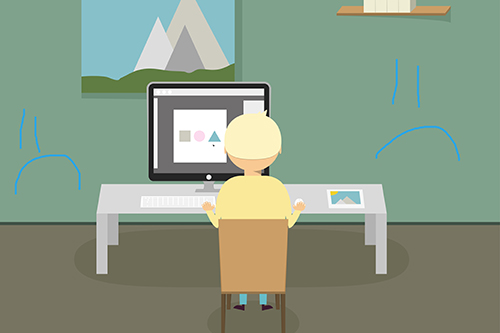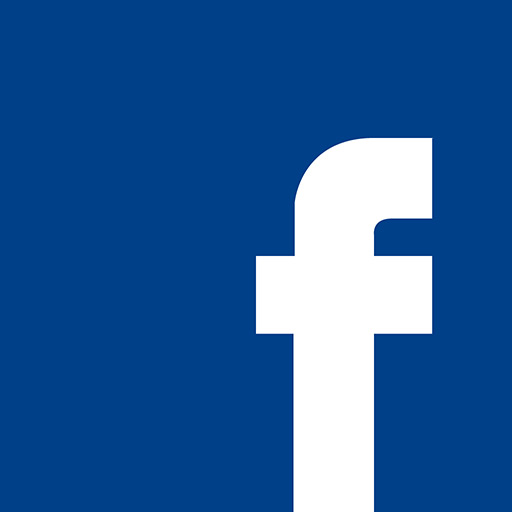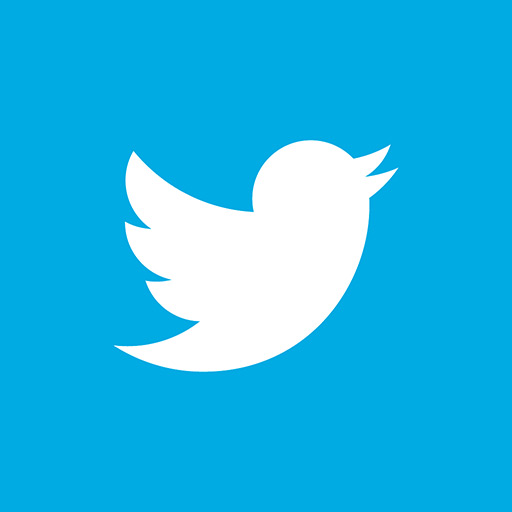So the other day a fellow freelancer shared this post on the dark side of the gig economy.
Naturally, I was curious. What was this “dark side” of the gig economy? Were there child labor slaves working at Uber? A conglomerate comprised of side hustlers funneling water from drought-stricken areas?
Nope, it turned out the post was about a recent study that reveals a huge discrepancy from the overwhelmingly positive portrayal of freelancing and negative comments on freelancing floating on social media.
And there’s no doubt there’s a litany of content floating on the Interwebs on how amazing freelancing is, where you have freedom to be a digital nomad, live life on your own terms as a #girlboss, ad nauseam. I’ve been suckered into reading those articles, too.
And according to a recent survey commissioned by Freelancers Union and Upwork, while 79% of freelancers say that freelancing is better than working a traditional job, only 37% of freelancers who freelanced on the side would consider freelancing full-time. Why’s that? Well, there are plenty of reasons, such as financial instability, lack of benefits and insurance, and fear of failure.
The downsides of freelancing and self-employment definitely need to be addressed.
First things first. Know that:
Freelancing Is a Preference. It’s Not Perfection.
This is something I realized early on. Being self-employed is sold to you as this ideal. But it’s not. There are moments when you find yourself hitting your head against the wall, and being a #girlboss is a hell of a lot more work than having a 9-5.
And freelancing isn’t for everyone. There are people who resort to freelancing out of pure necessity. And the growth of the independent workforce isn’t always made up of people who took the leap because their business was booming, or from choice. It could stem from the fact that hours were cut off from their job, they were let go, or full-time jobs in their field were becoming more scarce.
You have to do what’s best for you at certain points in your life. And that may mean returning to a full-time job, or juggling freelance with a part-time gig.
And while some people are more well-prepared than others to launch into freelancing, you can definitely develop those skills and traits to help you be successful.
Here are some of the downside of freelancing and tips on how to best manage these downsides:
Income that Fluctuates Like a Bipolar Mofo
Besides variable income, you’ll also need to deal with ponying up for your own health insurance, pay for self-employment taxes, and save for sick days and vacation. Here are some ways you can beef up your income and prevent getting hit hard from the perils of fluctuating income:
Seek retainer clients
This isn’t really for those who are independent contractors with 1-year gigs, or those who work on a single project for a period of time, but rather for those who are employed in creative industries, such as writing, marketing, or being a virtual assistant.
Have a robust emergency fund…
You can never have enough of an emergency fund. While the recommended amount is generally 3-6 months, I say if you can swing it, try to have 1 year saved up. I know, easier said than done. I can go into detail in a later post on easy ways to save for an emergency freelancer fund later.
…And a baby emergency fund
I had talked about having a “mama and baby emergency fund,” and a baby emergency fund can be anywhere from 1-2 months of your barebones expenses.
Try to stay one month ahead of your expenses
Umm.seriously? Really? Okay, this one’s a toughie. But if you can manage to have all the income you need for the following month, you won’t have to be on pins and needles, waiting for that paycheck to roll in from an employer. I think I also can afford to be a little more lax with when I invoice, although I do my best to stay on such matters. One thing you can do is save your extra beans in a separate savings account or with an app such as Digit.
Come up with a system that works—and stick to It
I’m huge on automating. I don’t really budget, because I feel fairly confident in knowing roughly how much I spend on average in a given month. But if you want to track your spending, there are a ton of budgeting tools out there, like Mint.com and Level Money.
If you want to just create savings goals and automate them, you can try out Digit or Qapital. My friend Kristin has written a handy post on Qapital and how you can use it to automatically save money.
So my system may be complicated to some, but I have:
+ A business account where I deposit my earnings
+ A main checking account for my personal expenses
+ A long-term savings account for my short-term goals and freelancer taxes
+ A second checking account, one for groceries and household items
+ A third checking account, one for eating out and entertainment, aka “partytime”
I also have a few retirement accounts, an HSA. For small savings goals I use Digit and just started playing around with Qapital for some saving goals. I know it seems like a lot to keep track of, but I automate everything and check in on it every so often to make sure there’s nothing suspicious going on.
Coming up with a system that works for you does take time. There’s no real shortcut. But the fun part is that there are bunch of tools sprouting up that can help you build out your system.
Dealing with Loneliness and Isolation
Yes, this is definitely a toughie. Sometimes my friends are in between jobs, or I organize work parties (aka coworking meetups) with a few buddies. But you can definitely deal with this in a bunch of ways.
Build your tribe. It doesn’t have to be in-person, especially if you live somewhere where there isn’t a vibrant freelancer community. I’m fortunate to live in Los Angeles, where, for better or for worse, not having a 9-5 is the norm.
Network. In L.A. you can meet fellow freelancers at coworking meetups. I also am the L.A. organizer for Freelance Fridays, which is a free global coworking event for creatives and entrepreneurs. There’s also Built in L.A. events as well as Built in L.A. events in big cities in the U.S.
I’ve found great groups to ask questions, share my concerns and qualms on Facebook Groups such as The Freelancer’s Club by Careful Cents, Earn More Writing, and CloudPeeps.
Volunteer. You can stay connected with others through volunteering. Check out VolunteerMatch or Idealist.org to find organizations, or do a quick search on Facebook to link up with orgs that match your interests. I volunteer feeding the homeless, and it really is a lot of fun.
Managing Anxiety and Depression
I’ve long had to deal with anxiety, and when you freelance, anxiety can definitely be exacerbated and heightened when you freelance. You do have more you’re responsible for and more to worry about.
Self-care is crucial, as well as keeping a schedule. Life-work balance may go out the window at times, but you’ll need to stay productive. I try to meditate and exercise every day. While I don’t always manage to do this, I try to squeeze in mini-sessions. For instance, 10 minutes of stretching and resistance, or 10 minutes of meditation.
Things Can’t Be 100% Awesome Time
This is a general rule of thumb in life. And when you’re freelancing, when things are awesome, you’ll get a thrill at working for yourself. And when they’re not, well, you will need to know that’s just part of the path you’re on. Having a backup plan can help, and just being aware that, yes, you’ll have slow months.
Freelancing is an Exercise in Practicing Patience
You’re not going to land amazing clients at the same time overnight. Nope. It definitely takes time to seek out opportunities, build rapport, and the like. Or if you’re trying to come up with a new way to make money or find clients, you may need to toss a bunch of things against a wall and see what sticks. I’m dealing with this right now, and little ventures I’m trying out for the first time feels like a waiting game.
But knowing exactly what the downsides of freelancing are, you’ll be able to better manage them.





